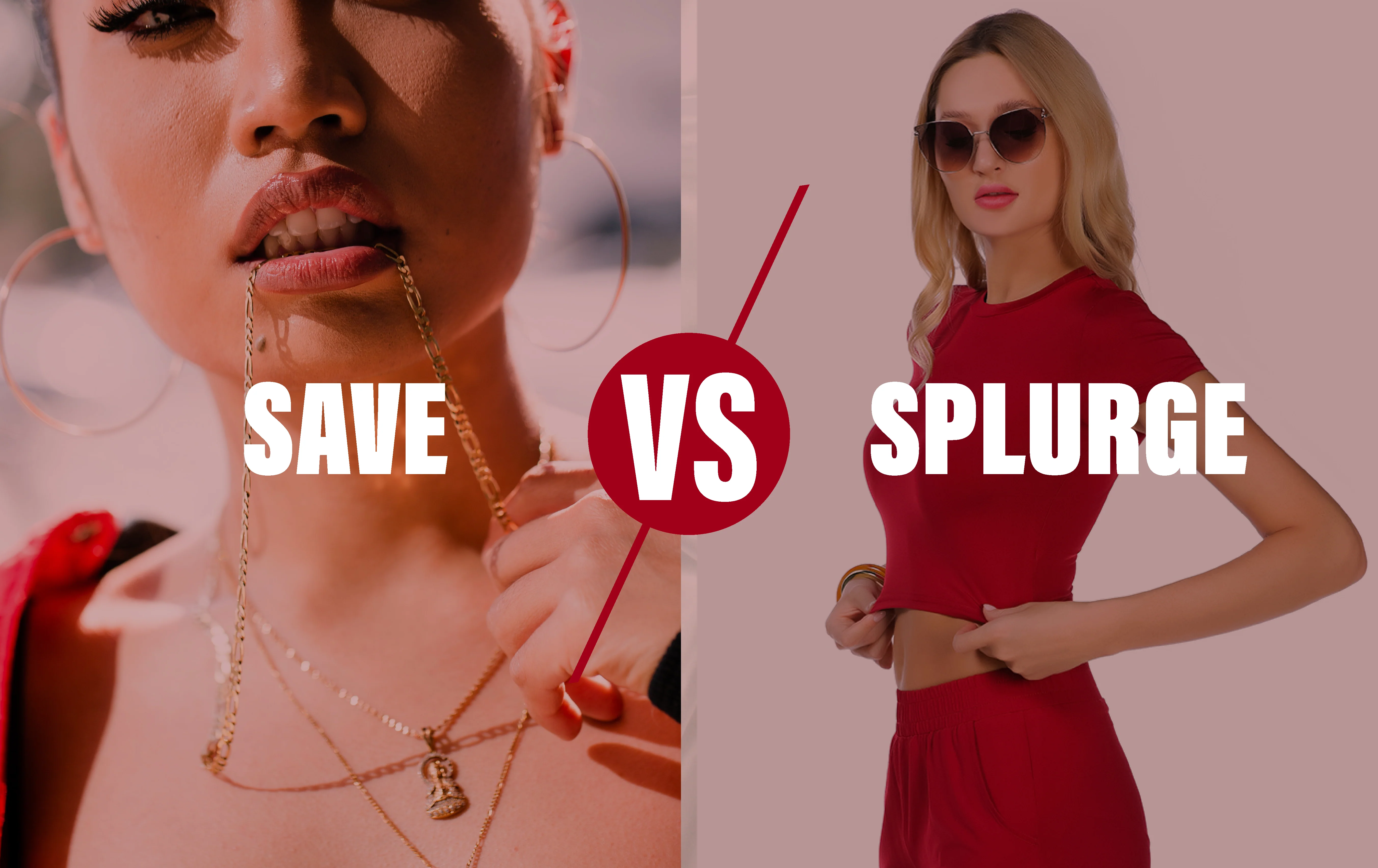
Building a wardrobe that balances quality, style, and budget can be challenging. While fast fashion offers affordability, there are moments when investing in high-quality pieces is not only worth the price tag but also a smart long-term move. So how do you decide when to save and when to splurge? Understanding your personal style, lifestyle needs, and the longevity of specific items can help guide smarter fashion decisions. Here’s how to strike the perfect balance between savvy shopping and meaningful investment.
The Case for Splurging
Certain wardrobe items deserve a larger share of your budget. These pieces are often worn frequently, define your style, or have timeless appeal that will serve you for years.
1. Classic Outerwear
A well-tailored coat or trench is not just a fashion statement—it's an essential. High-quality outerwear provides warmth, durability, and structure that cheaper options often lack. A neutral wool coat, leather jacket, or trench in beige, navy, or black will remain stylish year after year. Investing in quality fabric and construction ensures your coat withstands both weather and wear.
2. Leather Accessories
Bags, belts, and shoes made of genuine leather age beautifully and often look better over time. A structured leather handbag, for instance, can instantly elevate even the simplest outfit. Similarly, a pair of leather boots or classic pumps will outlast synthetic versions and retain their shape and appeal. Look for timeless shapes and neutral colors to maximize wearability.
3. Tailored Blazers and Suits
Fit is everything in fashion, especially when it comes to formalwear. A well-made blazer or suit can take you from the boardroom to dinner without skipping a beat. These pieces benefit from quality materials and structured tailoring that cheaper options struggle to replicate. A splurge here pays off in polish and confidence.
4. Denim That Fits Like a Dream
While it might be tempting to buy affordable jeans in bulk, finding that one perfect pair can change your wardrobe. Premium denim offers superior fit, durability, and comfort. Brands known for high-quality denim often use better dyes, stitching, and materials that resist fading and stretching.
When to Save
Not every item in your closet needs to break the bank. Some fashion pieces are trend-based, seasonal, or interchangeable, making them perfect for budget-conscious shopping.
1. Trendy Pieces
Fashion trends come and go quickly. Whether it’s neon colors, oversized collars, or micro handbags, trendy items rarely last more than a season or two. Instead of investing heavily, explore these styles through affordable retailers or secondhand finds. This way, you can enjoy the trend without regretting the expense later.
2. Casual Basics
T-shirts, tank tops, and camisoles form the base of many outfits but often experience heavy wear and frequent washing. While comfort and fit are important, you don’t need to spend a fortune on basics. Many affordable brands offer high-quality options that look great and feel soft without draining your wallet.
3. Occasion Wear
Unless you regularly attend galas, weddings, or black-tie events, it makes more sense to save on items you’ll wear once or twice a year. Instead of splurging on gowns or sequined dresses, consider renting for special occasions or buying from outlet stores where prices are significantly lower.
4. Accessories That Change Often
From statement earrings to seasonal scarves, accessories are a fun way to refresh your look. Because they can be easily swapped out and aren’t typically subjected to wear and tear, it’s fine to shop these items on a budget. Choose budget-friendly options to experiment with different colors and styles.
Factors to Consider Before You Splurge
Before investing in a fashion item, ask yourself the following:
- Cost per wear: Will you wear this item enough times to justify the price?
- Versatility: Can it be styled in different ways and worn across seasons?
- Fit and comfort: Does it truly flatter your shape and feel good to wear?
- Material quality: Is it made from durable, breathable, and high-end fabrics?
- Timelessness: Will it still be stylish five years from now?
If the answer to most of these questions is “yes,” then the splurge is likely worth it.
Final Thoughts
A balanced wardrobe is not about having the most expensive or the most trendy items—it’s about knowing when to invest in quality and when to save on versatility. Splurging on timeless, high-quality staples while saving on seasonal trends and basics allows you to stay stylish without overspending. Smart fashion is about intention, not impulse. By learning to evaluate your wardrobe needs through a save-or-splurge lens, you can curate a closet that feels luxurious, functional, and truly your own.